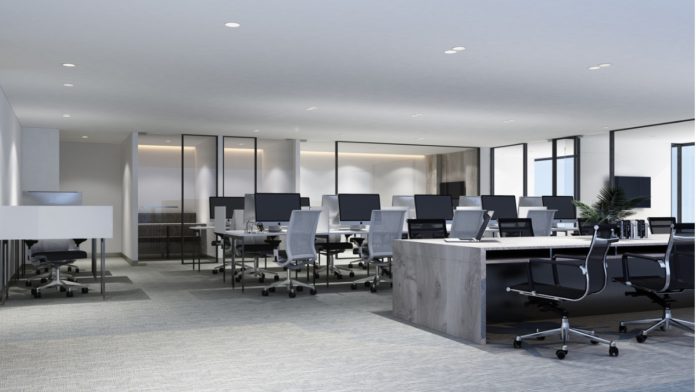
Six months into the pandemic, prognostication about the future of work has taken on an entirely new focus. Last year, the themes were employee experience, AI, culture and employer brand. Nowadays, it’s all about remote work, workplace safety and diversity. Or, at least, those are the lenses through which 2019’s concerns are being examined and revised.
Teasing out trends is especially difficult when so many pieces are moving. A number of analysts have described the changes looming over HR once Covid-19’s dust has settled, but no one can seriously estimate when that might be. Beyond that, the depth of the economic fallout is unclear.
Reopening and #HRtech: Imagining what work will look like in 2023 is difficult enough. Imagining it when the dynamics of December 2020 aren’t clear is tougher. #HR Share on XAll of this puts the people who make their living building and buying HCM technology at a distinct disadvantage. Both developers and purchasers make decisions based on their guesses at what employers’ needs will look like several years down the road. Trying to imagine what the world of work will look like in 2023 is difficult enough. Imagining it when the dynamics of December 2020 aren’t clear is tougher.
Humans at Work
Earlier this summer, a number of vendors began rolling out products and services to help companies reopen the workplace. In many parts of the country, there was a feeling that the pandemic would come under some semblance of control well before Labor Day. But here we are, with the holiday three days away, and most talk of returning to work has died away.
It’s become evident that timing involves more than safety protocols and business need. The human factor is at play, as well, and its impact it more deeply felt than many executives anticipated. As much as employees fear for their jobs, they’re even more concerned about their safety.
In June, fewer than 50% of the workers surveyed by PwC said they’d feel safe returning to work even if measures such as distancing and wearing masks were implemented. In July, not even 10% of Manhattan’s office workers returned to facilities that had opened up.
A second piece of the puzzle is less about workplace safety than family dynamics. Until schools reopen, many employees have no way to address childcare needs or their responsibilities to aging or infirm relatives.
According to the National Association for the Education of Young Children, 18% of child care centers in the U.S. are closed. Of those that are open, 86% serve fewer children than they did before the pandemic. On average, enrollment has declined by more than two-thirds. Meanwhile, Business Insider says a third of all daycare providers could close their doors permanently if they don’t receive significant government aid.
More Change than Anticipated
That indicates a true structural change is beginning, one that will shift assumptions about where work gets done. Wittingly or unwittingly, employers and school districts have put workers in an impossible position. LinkedIn found that 60% of employers won’t allow working parents to change schedules in order to meet their children’s needs. At the same, many schools don’t seem to take adults’ needs into account as they devise remote-learning programs. Some parents have described requirements for them to set aside three or four hours a day, for each child, to supervise educational activities.
Another fun fact to consider: The remote worker’s average day is about 48 minutes longer than it was pre-pandemic, according to the National Bureau of Economic Research. It found that people are attending 13% more meetings overall and sending 1.4 more emails each day. Feeling pressured because of widespread layoffs, many workers are logging in earlier to demonstrate their commitment and value.
Technology can’t be solution to such problems—only a part of it. Even then, tools can’t be developed until needs are clear. Most discussions on remote work’s challenges center on things like digital collaboration and automation. However, there seems to be little discussion about how the workday can be structured to sync with the school day so that parents can be engaged by both family and work. (And we shouldn’t forget: Many workers have elder parents or chronically ill family members to deal with, as well.)
First Steps
Given the state of the economy, employers may feel they have more important things to do than, say, begin a dialogue with educators about balancing the working parents’ day. While they’ve previously been skeptical about remote work, Mercer found that 67% of companies believe their productivity has remained the same as it was before the pandemic, and 27% say it’s higher.
In the early weeks of the pandemic, a number of HCM tech vendors paused direct-sales efforts and put all hands on deck to help their customers re-set their operations and infrastructure to accommodate remote work, sudden mass layoffs and an all-but touchless approach to getting things done. Whatever the financial hit, they gained significant good will from the companies they worked with.
HCM technology touches all departments within the organization, and activities from onboarding to communications to learning. Its solutions rely heavily on integration, not only with other HR products, but with other functional systems, as well. Vendors focused on the workforce are in a unique position to understand the intricacies involved with recasting the workday, and guiding all parties toward creating a reasonable approach.
Sign up for our newsletter here.
Image: iStock














